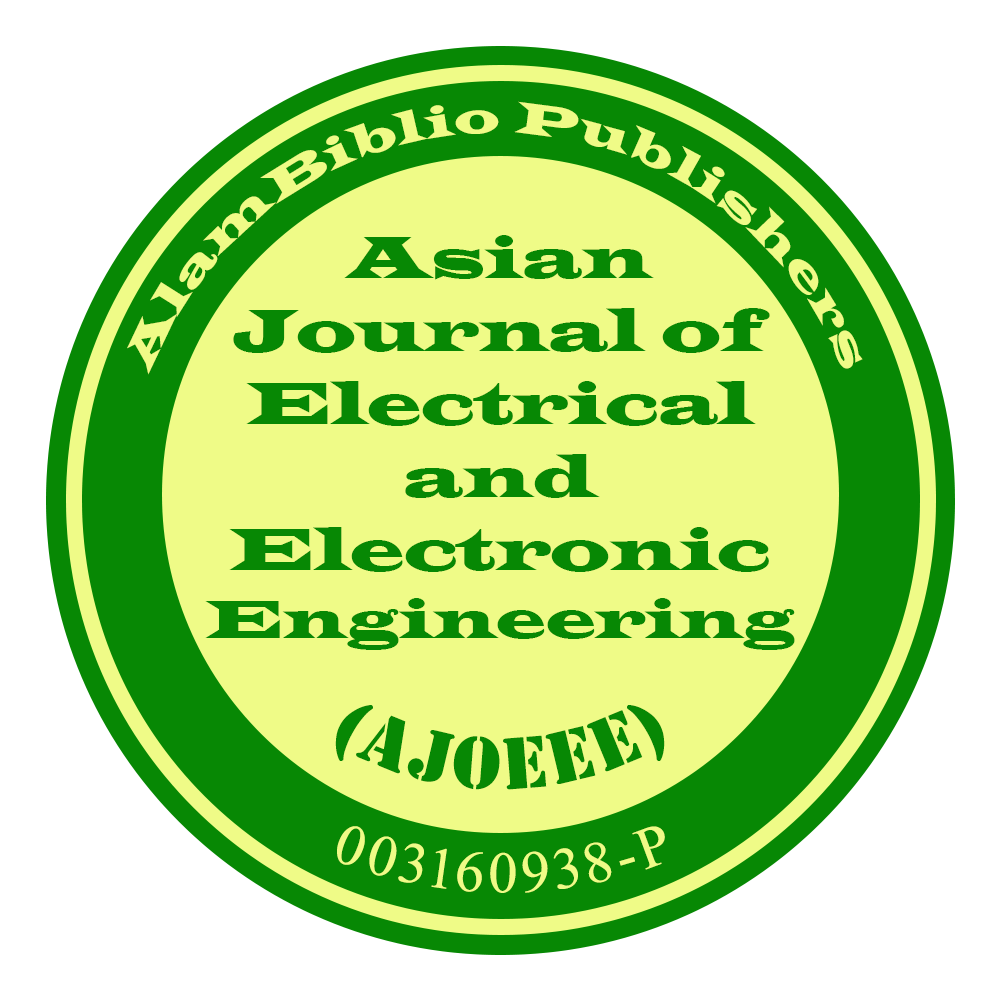Mega Projects Evaluation Criteria: Case Studies from Kuwait Industrial Project
DOI:
https://doi.org/10.69955/ajoeee.2021.v1i1.4Keywords:
Mega Projects, Industrial, PolicyAbstract
Mega Urban Regeneration Projects (MURPs) have become key features of regeneration in many cities. Like many large projects, MURPs, because of their complexity and scale, often face the difficulties of being over-budget or late. This research aims to develop and validate a new framework to evaluate mega urban regeneration projects. Four objectives were formulated to address those problems. Firstly, to explore the nexus between MURP, urban transformation, and globalization. Secondly, to identify the characteristics of sustainable mega urban regeneration projects. Thirdly, to investigate existing sustainable urban regeneration frameworks. Fourthly, develop a framework to evaluate Mega Urban Regeneration Projects and, finally, validate the framework.
Downloads
References
Shah, R.K.J.J.o.A.C.o.E. and Management, An exploration of causes for delay and cost overrun in construction projects: A case study of Australia, Malaysia & Ghana. 2016. 2(1): p. 41-55. https://doi.org/10.3126/jacem.v2i0.16097 DOI: https://doi.org/10.3126/jacem.v2i0.16097
Oyegoke, A.S., N.J.J.o.F.M.o.P. Al Kiyumi, and Construction, The causes, impacts and mitigations of delay in megaprojects in the Sultanate of Oman. 2017. https://doi.org/10.1108/JFMPC-11-2016-0052 DOI: https://doi.org/10.1108/JFMPC-11-2016-0052
Le-Hoai, L., Y. Dai Lee, and J.Y.J.K.j.o.c.e. Lee, Delay and cost overruns in Vietnam large construction projects: A comparison with other selected countries. 2008. 12(6): p. 367-377. https://doi.org/10.1007/s12205-008-0367-7 DOI: https://doi.org/10.1007/s12205-008-0367-7
Kartam, N., T. Al-Daihani, and J.J.I.J.o. P.M. Al-Bahar, Professional project management practices in Kuwait: issues, difficulties and recommendations. 2000. 18(4): p. 281-296. https://doi.org/10.1016/S0263-7863(99)00017-4 DOI: https://doi.org/10.1016/S0263-7863(99)00017-4
Tserng, H.P., et al., A study of ontology-based risk management framework of construction projects through project life cycle. 2009. 18(7): p. 994-1008. https://doi.org/10.1016/j.autcon.2009.05.005 DOI: https://doi.org/10.1016/j.autcon.2009.05.005
Valipour, A., et al., Identification and evaluation of risk allocation criteria and barriers: a Malaysian public private partnership project case study. 2014. 14(18): p. 2023. https://doi.org/10.3923/jas.2014.2023.2031 DOI: https://doi.org/10.3923/jas.2014.2023.2031
Zhao, X., B.-G. Hwang, and Y.J.J.o. C.P. Gao, A fuzzy synthetic evaluation approach for risk assessment: a case of Singapore's green projects. 2016. 115: p. 203-213. https://doi.org/10.1016/j.jclepro.2015.11.042 DOI: https://doi.org/10.1016/j.jclepro.2015.11.042
Ika, L.A., A. Diallo, and D.J.I.J.o.M.P.i.B. Thuillier, Project management in the international development industry. 2010. https://doi.org/10.1108/17538371011014035 DOI: https://doi.org/10.1108/17538371011014035
Fahad Al-Azemi, K., et al., Risk management framework for build, operate and transfer (BOT) projects in Kuwait. 2014. 20(3): p. 415-433. https://doi.org/10.3846/13923730.2013.802706 DOI: https://doi.org/10.3846/13923730.2013.802706
Toor, S.U.R., S.O.J.C.m. Ogunlana, and economics, Problems causing delays in major construction projects in Thailand. 2008. 26(4): p. 395-408. https://doi.org/10.1080/01446190801905406 DOI: https://doi.org/10.1080/01446190801905406
Aloini, D., et al., Risk management in ERP project introduction: Review of the literature. 2007. 44(6): p. 547-567. https://doi.org/10.1016/j.im.2007.05.004 DOI: https://doi.org/10.1016/j.im.2007.05.004
Downloads
Published
Issue
Section
License
Copyright (c) 2021 Asian Journal of Electrical and Electronic Engineering

This work is licensed under a Creative Commons Attribution-NonCommercial 4.0 International License.
The Asian Journal of Electrical and Electronic Engineering journal is licensed under a Creative Commons Attribution-NonCommercial 4.0 International License.










